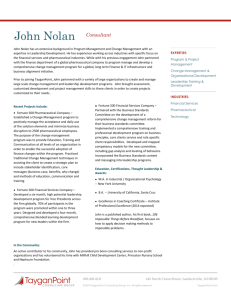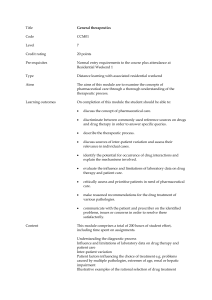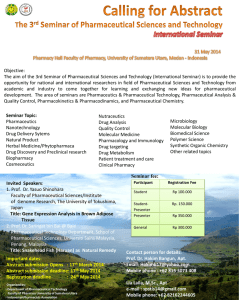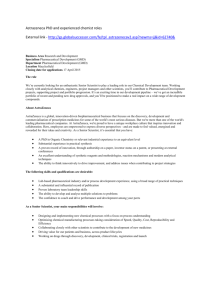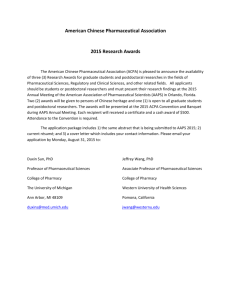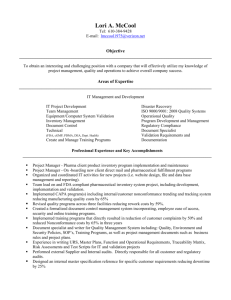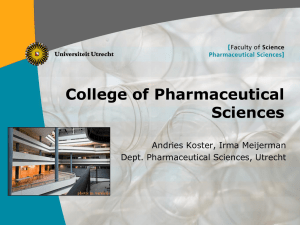The Romance of Pharmaceutical Innovation
advertisement
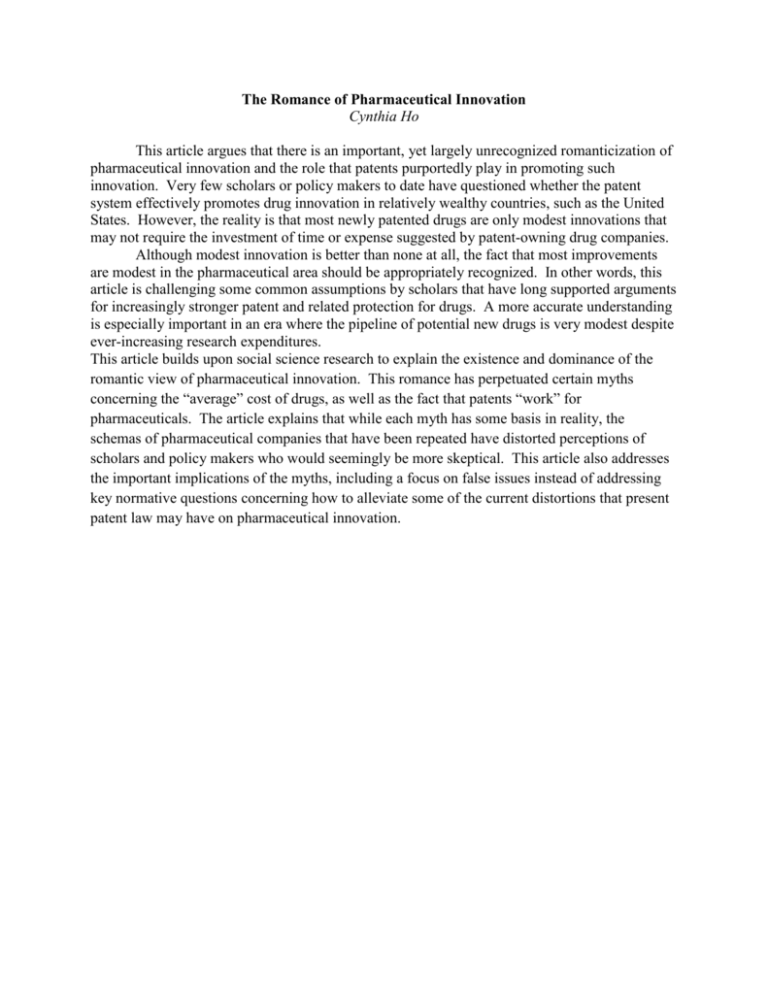
The Romance of Pharmaceutical Innovation Cynthia Ho This article argues that there is an important, yet largely unrecognized romanticization of pharmaceutical innovation and the role that patents purportedly play in promoting such innovation. Very few scholars or policy makers to date have questioned whether the patent system effectively promotes drug innovation in relatively wealthy countries, such as the United States. However, the reality is that most newly patented drugs are only modest innovations that may not require the investment of time or expense suggested by patent-owning drug companies. Although modest innovation is better than none at all, the fact that most improvements are modest in the pharmaceutical area should be appropriately recognized. In other words, this article is challenging some common assumptions by scholars that have long supported arguments for increasingly stronger patent and related protection for drugs. A more accurate understanding is especially important in an era where the pipeline of potential new drugs is very modest despite ever-increasing research expenditures. This article builds upon social science research to explain the existence and dominance of the romantic view of pharmaceutical innovation. This romance has perpetuated certain myths concerning the “average” cost of drugs, as well as the fact that patents “work” for pharmaceuticals. The article explains that while each myth has some basis in reality, the schemas of pharmaceutical companies that have been repeated have distorted perceptions of scholars and policy makers who would seemingly be more skeptical. This article also addresses the important implications of the myths, including a focus on false issues instead of addressing key normative questions concerning how to alleviate some of the current distortions that present patent law may have on pharmaceutical innovation.



